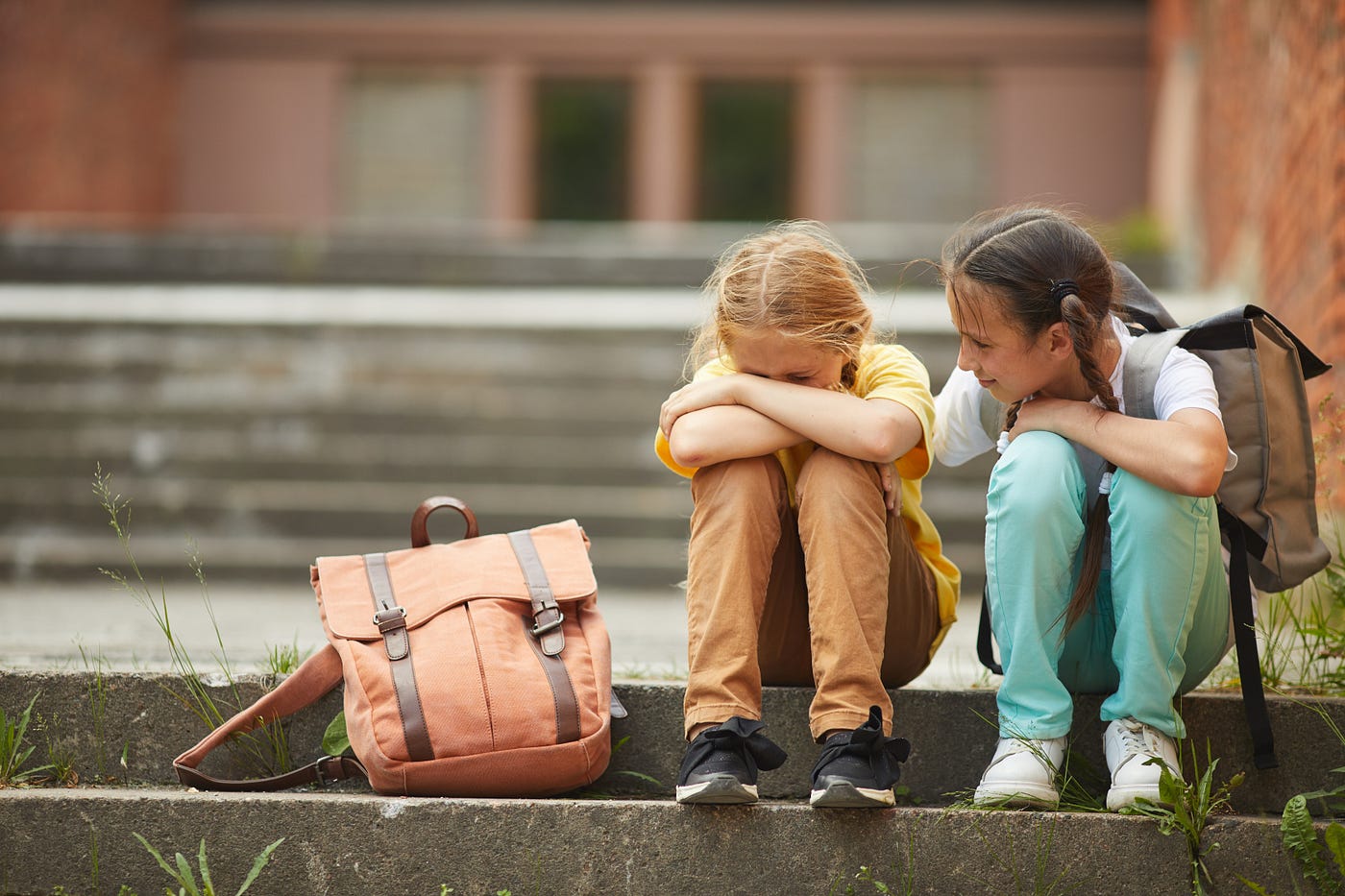
I have been working with children for over 20 years, and if there is something I have noticed, and probably you who are reading this have felt it too; it’s that children don’t just change in their tastes and attitudes, which is natural, but more and more I see children who are anxious, stressed, and pressured by their environment and, most of all, by themselves.
Today, new disorders are appearing, such as Gaming Disorder, Social Media Addiction, Digital Anxiety, and Screen-Time Sleep Disorders.
And to this we must add the ones we already know: depression, learning disorders, autism… and others that will keep appearing. Have you ever wondered what challenges today’s young children will face in 5 or 10 years?
These disorders don’t disappear on their own; they evolve and keep adding to the list. Will any child remain free from being labeled or diagnosed? From my perspective, we need to go to the root, like we do with a tree: if the root is damaged, growth stops or becomes weak.
When I speak of the root, I mean emotions. More and more children are anxious and addicted to activities that, without realizing it, become destructive. When I observe my students, I see an urgent need to feel:
- Valued
- Loved
- Heard
Many children look for comfort in a video game, on social media, or in food. It’s there where pain hides and life seems a little less cruel.
Those basic needs, like a true connection with parents and family, are sometimes not met. The lack of compassion, love, and empathy leaves a deep emptiness. Without tools, children repeat patterns that can become harmful: overweight, addictions, anxiety, depression, toxic friendships… it all starts with emotions they don’t know how to handle.
School, which should be a safe place, often becomes another source of anxiety. Children count the minutes to escape to their “refuge,” their way of running from reality. These behaviors are only attempts to calm their emotional pain, because they are too young to manage what they feel.
The impact I would like to have on students’ mental health faces certain limitations, many of them linked to the children’s environment and family. At times, reaching certain aspects seems almost impossible. However, I am convinced that we can make a meaningful difference in our classrooms.
If we want things to change, we must start with awareness. Awareness is the first step to any real transformation. As Tony Robbins says, once you awaken awareness, change can begin almost immediately. Children, and even we as adults, sometimes know something isn’t right, but we don’t stop to think that there are always ways to improve.
We can see patterns of behavior that push us away from a full, happy life. Children, deep down, are wise: they sense when something is wrong and they also want to change it. As teachers, we have both the responsibility and the opportunity to take that first step.
Soon, we will celebrate World Mental Health Day. It is the perfect chance to open our students’ eyes, to ask them questions they may never have asked themselves, and to guide them toward possible solutions. We can plant new seeds that renew their minds, focusing on themselves and on what they can do.
Small actions can transform their daily lives:
- Talk about emotions often: Help them identify and name what they feel: “I am sad,” “I feel nervous,” “I am happy,” and what they can do with that feeling to help themselves and those around them.
- Normalize feelings: Show them that emotions are not bad or shameful, and that asking for help is always okay.
- Calm routines: Breathing exercises, body relaxation in moments of tension or fear.
- Stories and metaphors: Books where characters overcome struggles by learning to manage their emotions.
- Boost confidence and energy: Model safe posture, gestures, eye contact, and walk like winners.
- Teach empathy: Activities to imagine how others feel: “How do you think your classmate felt when that happened?”
Working on mental health in school cannot be just a one-day or one-week theme; it must be a constant act of love and awareness. Children deserve to understand that everything has a solution, that they are part of the solution, and that asking for help is a sign of strength, not weakness.
That’s why I created this resource, to help you leave a legacy that goes far beyond the classroom:
- You will feel proud of leaving a lasting impact: You teach life tools, awaken awareness, and plant seeds for a stronger future.
- Your students will remember you as a guide: By caring for their emotional well-being, you become a positive role model they will never forget.
- You will have the confidence of giving your best in every lesson: You shape minds and hearts, educating for life.
Mental Health PowerPoint, PDF & Google Slides: SEL Discussion and Reflection Questions
Mental Health Craft and Social Emotional Learning Activity for Elementary Kids
Working on mental health in the classroom is an investment in children’s lives. Every talk about emotions, every calm routine, every self-reflection activity teaches them that they can handle their feelings, face adversity, and build resilience. It is a chance to transform hearts and minds, helping students grow not only academically but also emotionally.
It’s not just about preparing children for exams or grades; it’s about preparing them for life. An education that integrates mental health gives them the tools to face challenges, build healthy relationships, and believe in themselves. Every teacher who chooses this path leaves an impact that lasts far beyond the classroom.
What simple action could you take today to make mental health a natural part of your classroom?

Comments
Post a Comment